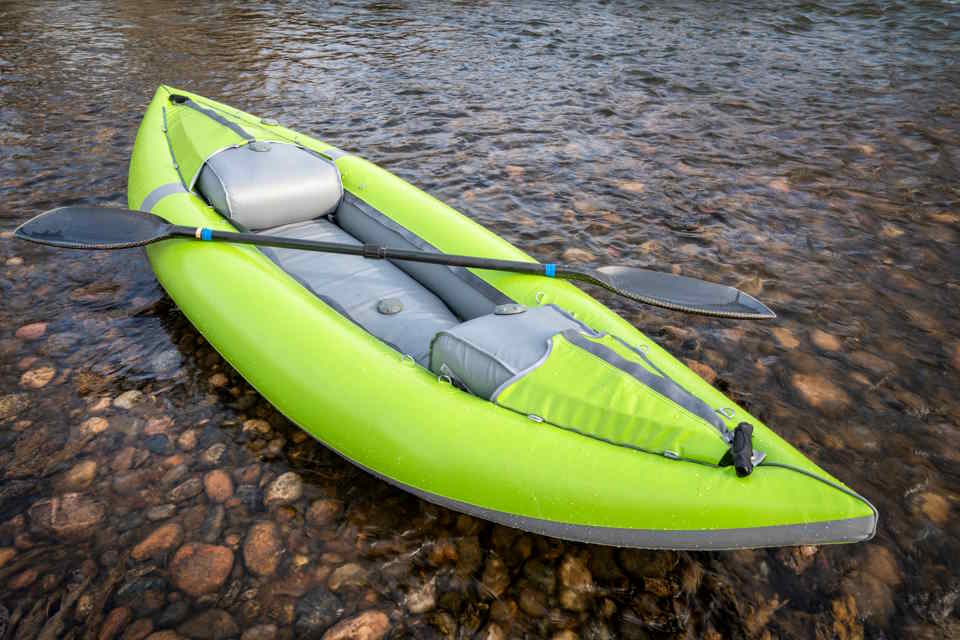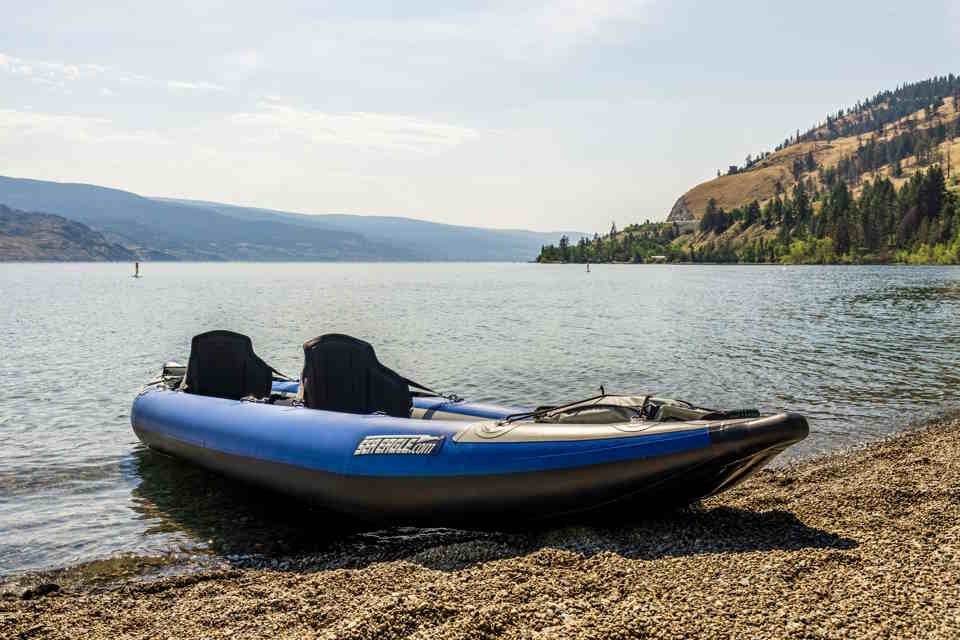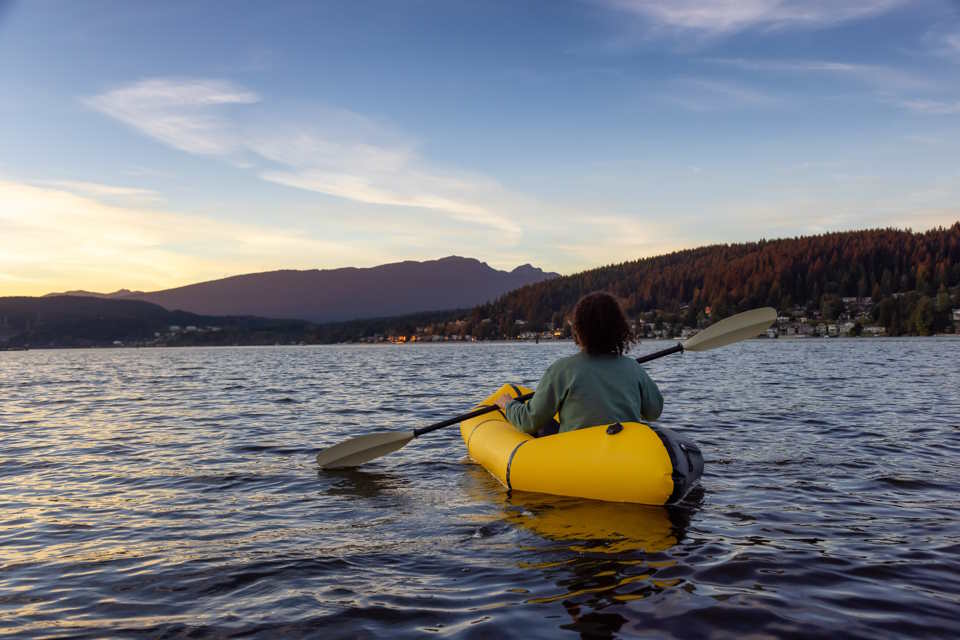Welcome to the place where we will dive into the exciting world of paddling techniques for kayakers. Whether you are a seasoned kayaker or just starting out, having a solid foundation of paddling skills is essential for a safe and enjoyable adventure on the water. We will explore key techniques including grip and stance, forward stroke, reverse stroke, sweep stroke, and bracing and rolling. By mastering these techniques, you will not only enhance your efficiency and power but also gain confidence in navigating, turning, and maintaining stability during your kayaking journey. So, let’s get started and learn how to achieve the perfect paddling position and navigate with ease!
Grip And Stance: Achieving The Perfect Paddling Position
Are you ready to embark on an exciting kayaking adventure? Before you hit the water, it’s important to master the art of grip and stance to ensure a smooth and enjoyable paddling experience. The way you hold your paddle and position your body can make all the difference in your performance on the water.
Grip: The first step in achieving the perfect paddling position is to get a proper grip on your paddle. Place your hands about shoulder-width apart on the shaft, making sure your thumbs are pointing towards the water. This grip allows for maximum control and power as you navigate through the waves.
Stance: Now that you have a solid grip, it’s time to focus on your stance. Sit up straight in your kayak with your feet resting comfortably on the foot pegs or footrests. Keep your knees slightly bent and your core engaged. This balanced posture will provide stability and allow for efficient paddling strokes.
Body Rotation: As you paddle, remember to engage your core and rotate your body with each stroke. This twisting motion not only helps you generate more power with each paddle stroke but also reduces strain on your arms and shoulders. Practice coordinating your torso and arms for a smooth and efficient paddling technique.
| Benefits of Proper Grip and Stance |
|---|
|
|
|
|
Forward Stroke: Maximizing Efficiency And Power
Kayaking is an incredibly enjoyable water activity that allows you to connect with nature while giving you a great workout. One of the most important techniques to master in kayaking is the forward stroke. Not only does this stroke propel you forward, but it also helps you improve your efficiency and power on the water. So, let’s dive right in and explore how to maximize your forward stroke!
The key to achieving maximum efficiency and power in your forward stroke lies in your grip and stance. Grip is crucial as it determines how effectively you can control your paddle. Make sure to hold the paddle with a relaxed grip, firm enough to control the paddle but not so tight that your hands become fatigued. Remember to keep your wrists straight to avoid strain.
Now let’s focus on your stance. Position your body square to the kayak and sit upright with your back straight. Keep your legs comfortably bent with your feet resting on the foot pegs for stability. This stance will ensure that your strokes are powerful and efficient, allowing you to maneuver the kayak more effectively.
- Keep your core engaged and rotate your torso with each stroke, distributing the power throughout your body.
- Start with proper body alignment by planting your paddle fully in the water near your toes, ensuring maximum reach and power.
- Engage your back muscles as you pull the paddle through the water, using a relaxed grip and allowing the paddle to slice cleanly through the water.
Remember, the forward stroke is all about utilizing your body’s strength and momentum to propel yourself forward. By perfecting your grip and stance, you’ll be able to maximize your efficiency and power on the water. So, get out there, practice your forward stroke, and enjoy the exhilarating feeling of gliding through the water!
| Key Tips for Maximizing Efficiency and Power in the Forward Stroke: |
|---|
| Grip: Hold the paddle with a relaxed grip, keeping your wrists straight to avoid strain. |
| Stance: Position your body square to the kayak, sit upright with a straight back, and keep your legs comfortably bent with your feet on the foot pegs. |
| Engage Your Core: Rotate your torso with each stroke, distributing the power throughout your body. |
Reverse Stroke: Navigating Backwards With Ease
Are you tired of always going forward in your kayaking adventures? Well, it’s time to switch things up and bring some excitement to your paddling skills! We will dive into the reverse stroke technique, a skill that will allow you to navigate backwards with ease. So, buckle up your life jacket and get ready for a thrilling ride!
Before we jump into the details of the reverse stroke, let’s take a moment to appreciate the beauty of this maneuver. Just imagine gliding through the water, facing the opposite direction, as if defying the laws of physics. It’s like being a magician on the water, creating awe and wonder among fellow paddlers.
Now, let’s get down to business. The reverse stroke is all about using your paddle to propel the kayak in the opposite direction. It may sound simple, but it requires skill and finesse. To get started, you need to master the art of the grip and stance, as they play a crucial role in achieving the perfect paddling position.
| Reverse Stroke Tips: |
|---|
| 1. Start by positioning your kayak in a stable and balanced manner. |
| 2. Extend your arms and hold onto the paddle with a strong grip using both hands. |
| 3. Bend your knees and engage your core muscles to maintain stability. |
| 4. Rotate your torso in the opposite direction of where you want to go. |
| 5. Place the blade of the paddle in the water at a slight angle, with the power face facing away from you. |
| 6. Use a sweeping motion to pull the blade towards you, generating power and propulsion. |
| 7. Keep your eyes on the destination and adjust your paddling technique as needed. |
Remember, mastering the reverse stroke takes practice, patience, and a sense of adventure. Don’t be discouraged if you find yourself veering off course at first. With time and experience, you will become a pro at navigating backwards with ease.
Sweep Stroke: Mastering Turns And Direction Changes
Are you tired of paddling in a straight line? Do you long to master the art of turning and changing directions effortlessly? Look no further, because we will delve into the fascinating world of sweep strokes in kayaking. Whether you’re a seasoned paddler or a beginner, mastering the sweep stroke is essential for taking your kayaking skills to the next level. So grab your paddle and let’s dive right in!
First things first, let’s talk about what exactly a sweep stroke is. A sweep stroke is a fundamental technique used in kayaking to initiate turns and change directions. It involves a wide, sweeping motion of the paddle blade through the water, creating a turning force. Think of it as using your paddle as a rudder to steer your kayak in the desired direction. Pretty cool, right?
Now that you have the basic idea, let’s break down the steps to execute a perfect sweep stroke. Start by placing your paddle blade near your toes on the side of the kayak opposite to the direction you want to turn. Keep your arms slightly bent and your upper body relaxed. As you start to sweep the paddle blade outwards in a wide arc, lean your body in the same direction to enhance the turning effect.
- Remember to keep your grip firm and your core engaged for stability and power.
- Visualize your kayak pivoting around a central point as you execute the sweep stroke.
- As you complete the stroke, smoothly bring the paddle blade out of the water and reset it for the next stroke.
Mastering the sweep stroke will open up a whole new world of possibilities on the water. You’ll be able to navigate tight turns with ease and gracefully change directions without breaking a sweat. So next time you’re out kayaking, don’t be afraid to experiment with different sweep strokes and see how they affect your kayak’s movement. Who knows, you might even discover your own unique technique!
| Sweep Stroke Tips: |
|---|
| 1. Weight distribution: Shift your weight slightly towards the side of the kayak where you’re performing the sweep stroke. This will help initiate the turn more effectively. |
| 2. Practice makes perfect: Like any other skill, mastering the sweep stroke requires practice. Start by practicing in calm waters before moving on to more challenging conditions. |
| 3. Don’t forget about body rotation: Engage your core muscles and rotate your upper body as you execute the sweep stroke. This will enhance the power and efficiency of your strokes. |
Bracing And Rolling: Essential Techniques For Stability And Recovery
When it comes to kayaking, one of the most important skills to master is bracing and rolling. These techniques are essential for maintaining stability on the water and recovering from potential capsizes. Whether you’re a beginner or an experienced paddler, understanding how to properly brace and roll can make all the difference in your kayaking adventures.
So, what exactly is bracing? Bracing is a technique used to prevent a kayak from tipping over. It involves using your paddle to create a supportive surface against the water, which helps you maintain balance and avoid capsizing. Imagine you’re kayaking along peacefully, and suddenly a wave comes crashing towards you. Without proper bracing, you could easily find yourself upside down in the water. But with the right technique, you can stay afloat and keep the water out of your kayak.
Rolling, on the other hand, is a technique used to recover from a capsized position. If you do happen to find yourself upside down in the water, knowing how to roll back up can save you from the embarrassment of having to swim back to shore or call for help. While it may seem like a challenging feat, rolling can be mastered with practice and the right technique. By using a combination of body movements and paddle control, you can quickly and easily turn yourself right side up again.
So, how can you improve your bracing and rolling skills? One of the best ways is to seek professional instruction. Many kayak schools and clubs offer courses specifically focused on bracing and rolling techniques. These classes provide expert guidance and give you the opportunity to practice in a controlled environment. Additionally, practicing in calm waters and gradually working your way up to more challenging conditions can help build your confidence and proficiency in bracing and rolling.
Another tip is to incorporate specific exercises into your training routine. These exercises can target the muscles used for bracing and rolling, helping to build strength and improve your technique. Some exercises you can try include paddle-assisted sit-ups, where you use your paddle for support while performing sit-ups, and torso twists with a resistance band, which simulate the twisting motion used during rolling.
| Bracing Tips | Rolling Tips |
|---|---|
|
|
In conclusion, bracing and rolling techniques are essential for stability and recovery in kayaking. By learning and practicing these techniques, you can feel confident and safe on the water, knowing that you have the skills to prevent capsizes and recover quickly if they do occur. So, grab your paddle, hit the water, and start mastering the art of bracing and rolling!









